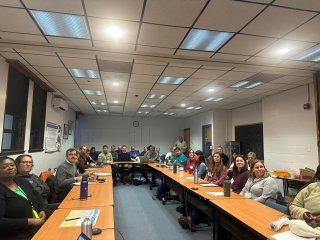In The Field: EPA Program Brings Environmental Experts to Rhode Island
Published January 15, 2025
The United States encompasses 3,809,525 square miles, including 3,532,316 square miles of land and 277,209 square miles of water. While there are unique environmental conditions throughout the varied environments of the U.S., there are also many similar environmental challenges. It is important for those responsible for protecting human health and the environment to understand the issues faced in other regions and the strategies they use to address those challenges. To support collaboration and information sharing on priority science needs, EPA hosts the annual Regional-ORD Community of Science Networking, or ROCS-Net event.
ROCS-Net is an Office of Research and Development (ORD) orientation and networking program for regional, Tribal and state scientists and engineers. Participants, who have limited familiarity with ORD, visit an EPA research facility for discussions with ORD scientists about collaborative research opportunities, science priorities, and cross-cutting issues. The program establishes new connections, fosters a shared understanding of science issues, shares information about ORD research and science capabilities, and provides a path to future collaborative opportunities.
For EPA’s 2024 ROCS-Net events, participants visited EPA’s Atlantic Coastal Environmental Sciences Division’s (ACESD) research facility in Narragansett, Rhode Island, to explore collaborative research opportunities and discuss science priorities with EPA researchers. The event included overviews of EPA research programs, meetings with laboratory scientists, facility tours, research demonstrations, and information sharing sessions between participants. Check out photos from the 2024 event below and learn more about EPA’s research facility in Narragansett!
Day One: Welcome Session and Team Presentations
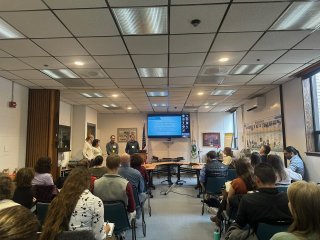
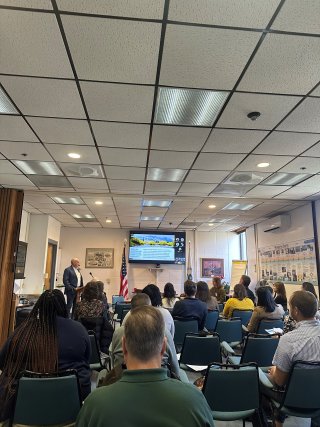
Day One: Lab Tours
Participants visited EPA’s laboratories and heard directly from the EPA researchers about their ongoing research and the capacity and capabilities of the Narragansett lab.



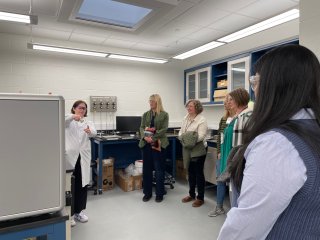

With day one completed, the participants headed off to a group dinner to end the day!
Day Two: Group Discussions, Poster Sessions, and Research Presentations

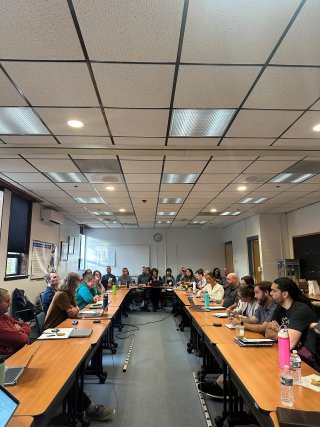
Day two included time for small group discussions, where the participants had targeted discussions on high priority science needs and had the opportunity to collaborate with each other and ORD researchers.


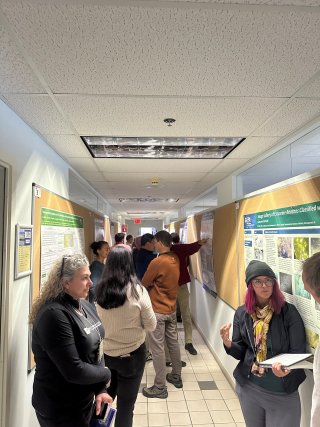
Also on the agenda were poster sessions where the ROCS-Net participants and EPA researchers discussed their research and science needs in an engaging setting.
Day Three: Field Visits
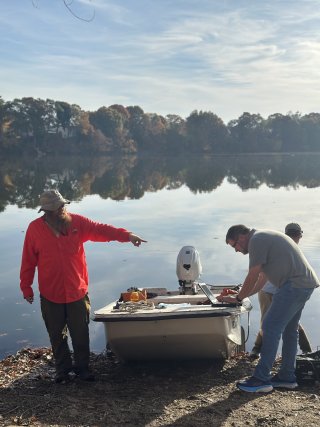
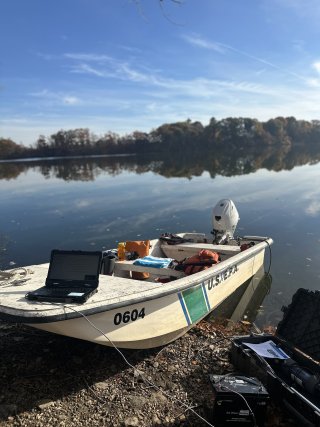
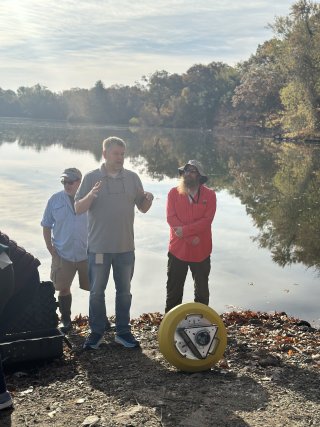
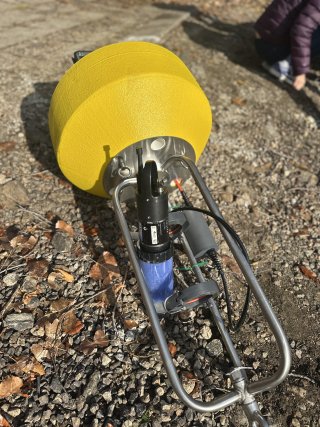
Stephen Shivers (EPA ORD) and Jeff Hollister (EPA ORD), presented on the Harmful Algal Blooms (HABs) research being conducted at Mashapaug Pond near Providence RI. They set up a demonstration of the FLAMe (Fast Limnological Automated Measurements) system as well as a small monitoring buoy. The buoy features a YSI EXO 2s sonde that measures temperature, dissolved oxygen, conductivity, pH, turbidity, chlorophyll and phycocyanin.
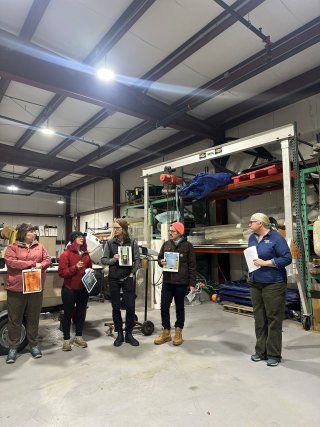



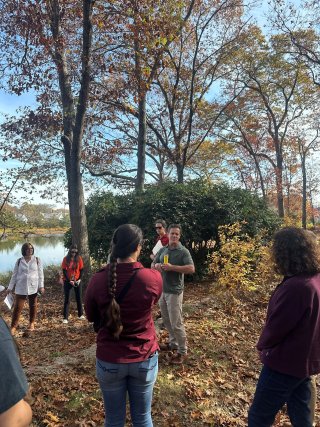
Day Three: Closing Sessions and Group Photo
